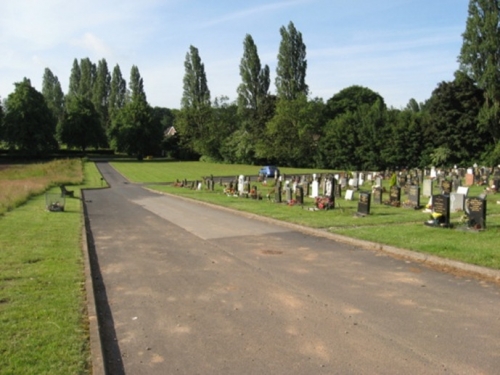
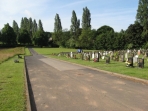
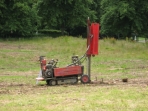
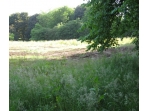
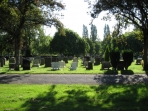
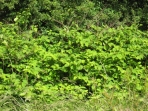
The results indicated that minor concentrations of common contaminants, such as PAH’s, were identified in the made ground across the site. However, human health risks were minor and limited to the grave diggers due to an uncontaminated topsoil layer across the site. Grave diggers were recommended to wear appropriate basic personal protective equipment such as gloves and to adhere to good hygene practices. The risk to groundwater was found to be negligable as no elevated concentrations were identified in the groundwater and therefore no significant leaching of the contamination in the soil had occurred.
The Japanese Knotweed identified will require treatment to eradicate it, which can take up to two years to complete.
Monitoring of the stability of the trial pits, the groundwater depth and in-situ/laboratory geotechnical testing, GEG determined that two of the three plots were likely to be unsuitable for burials due high perched water levels and extensive made ground (generally re-worked natural strata). The lower area of the cemetery is also susceptable to periodic flooding, which includes some existing burial areas.
In order to allow sections of the two plots to be utilised for burials and to alleiviating the periodic flooding of the lower section of the cemetery, GEG recommended replacement of the inadequate Victorian drainage system, with a sustainable solution in accordance with SUDS guidelines. (The nearest storm sewer could not be used due to lack of capacity). GEG considered that the most suitable option would be a soakway system with discharge directly into the underlying Bromsgrove Sandstone stratum. However, the surface runoff from the cemetery is likely to potentially contain low level contaminants so this would be unsuitable for direct discharge into stratum containing a Major Aquifer. Therefore, GEG provided a complete outline drainage solution incorporating swales, a reed bed/balancing pond and a final soakaway. This would not only allow a measured discharge of uncontaminated water, it would also prevent future flooding, allow further sections to be used for burial and provide a attractive water feature enhancing the peace of the cemetery and attracting wildlife.
